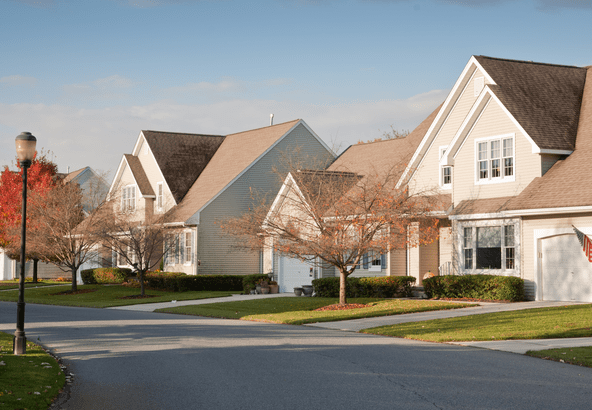The US housing market has been on a tear in recent years, with home prices surging to record highs. However, this upward trend has not been matched by corresponding growth in incomes, leading to a widening gap between affordability and reality. In this blog post, we’ll explore where the disparity is most pronounced and what it means for homebuyers and the broader economy.
The National Picture
According to data from Zillow, the median home value in the US has increased by over 50% since 2019, reaching a staggering $340,000. Meanwhile, median household income has only risen by about 20% during the same period, lagging far behind the pace of home price appreciation.
Where the Gap is Widest
Some regions are feeling the pinch more than others. Here are the top 5 areas where home prices are surging faster than incomes:
- Austin, TX: With a thriving tech industry and a popular cultural scene, Austin has become a magnet for new residents. Home prices have skyrocketed by 75% in just three years, while incomes have only grown by 15%.
- Phoenix, AZ: Phoenix has seen a massive influx of Californians seeking more affordable housing, driving up prices by 60% since 2020. Incomes, however, have only increased by 10%.
- Tampa, FL: Tampa’s popularity with retirees and remote workers has led to a 55% surge in home prices, outpacing income growth of just 12%.
- Denver, CO: Denver’s thriving economy and outdoor recreation opportunities have made it a hotspot for homebuyers, with prices rising by 50% in three years. Incomes, however, have only grown by 18%.
- Seattle, WA: Seattle’s tech boom has driven home prices up by 45% since 2020, while incomes have only increased by 15%.
What Does This Mean?
The widening gap between home prices and incomes has significant implications for homebuyers, particularly first-time buyers and those on lower incomes. As prices outpace wages, affordability becomes increasingly stretched, leading to:
– Higher debt-to-income ratios
– Increased housing costs as a percentage of income
– Reduced disposable income for other necessities
– A decrease in homeownership rates, particularly among marginalized communities
Solutions and Strategies
While the situation may seem dire, there are potential solutions and strategies to address the issue:
– Increased affordable housing supply: Builders and policymakers can focus on creating more affordable housing options, such as apartments and starter homes.
– Wage growth initiatives: Encouraging businesses to raise wages and implementing policies like rent control can help bridge the gap.
– Creative financing options: Lenders can explore alternative mortgage products and down payment assistance programs to make homeownership more accessible.
– Renting and alternative ownership models: Renting or exploring alternative ownership models, like community land trusts, can provide more affordable options for those priced out of traditional homeownership.
Conclusion
The surge in home prices outpacing income growth is a pressing concern that demands attention from policymakers, industry leaders, and homebuyers themselves. At Full Circle Real Estate, our team of experts is dedicated to helping clients navigate this complex market and find affordable solutions that meet their needs. Whether you’re a first-time buyer, a seasoned seller, or simply looking for guidance, we’re committed to providing personalized service and expert knowledge to help you achieve your real estate goals. By understanding where the gap is widest and exploring solutions, we can work towards a more sustainable and equitable housing market for all. Contact Full Circle Real Estate today to learn more about how we can help you thrive in this market.




